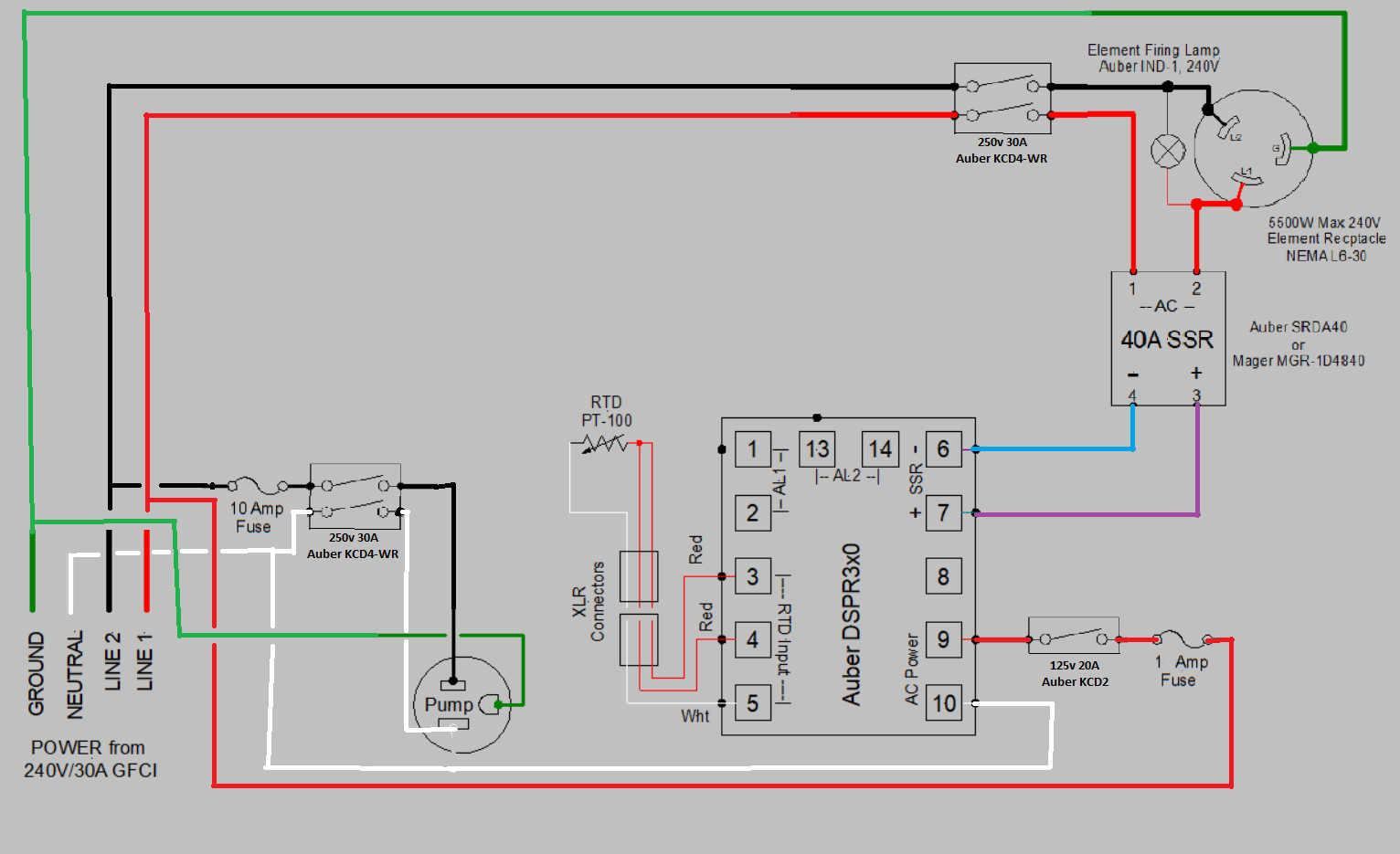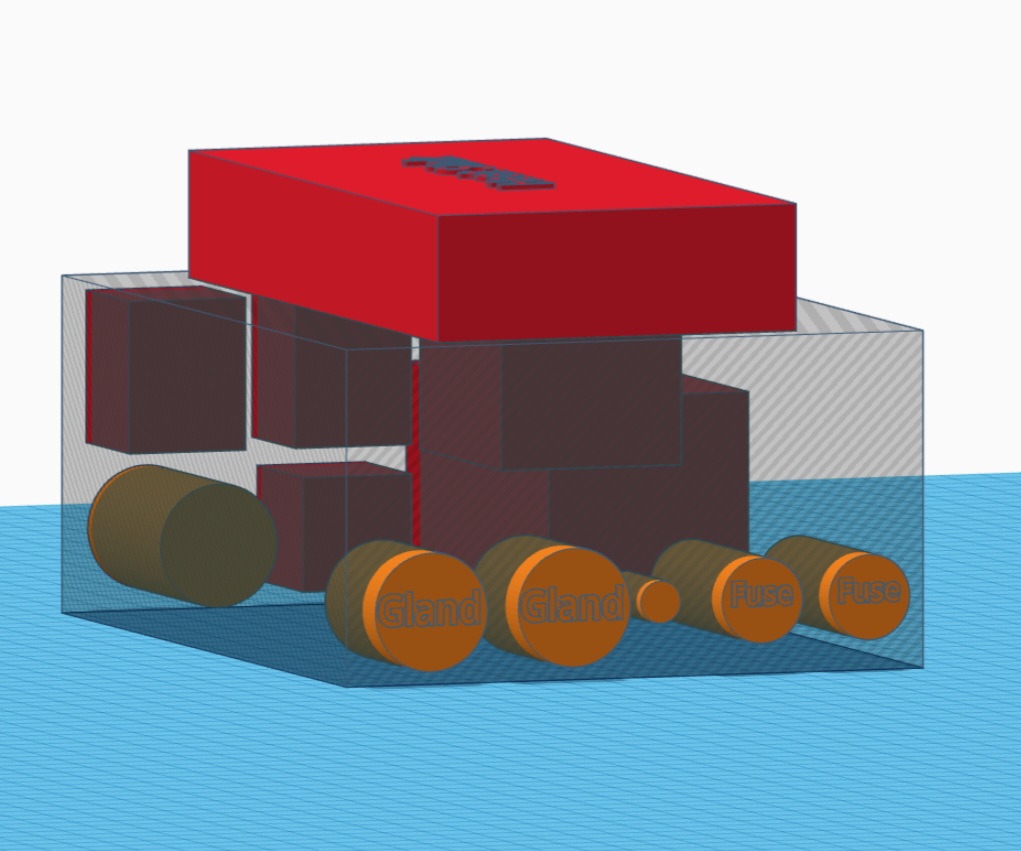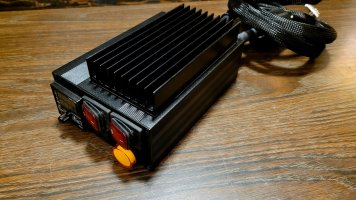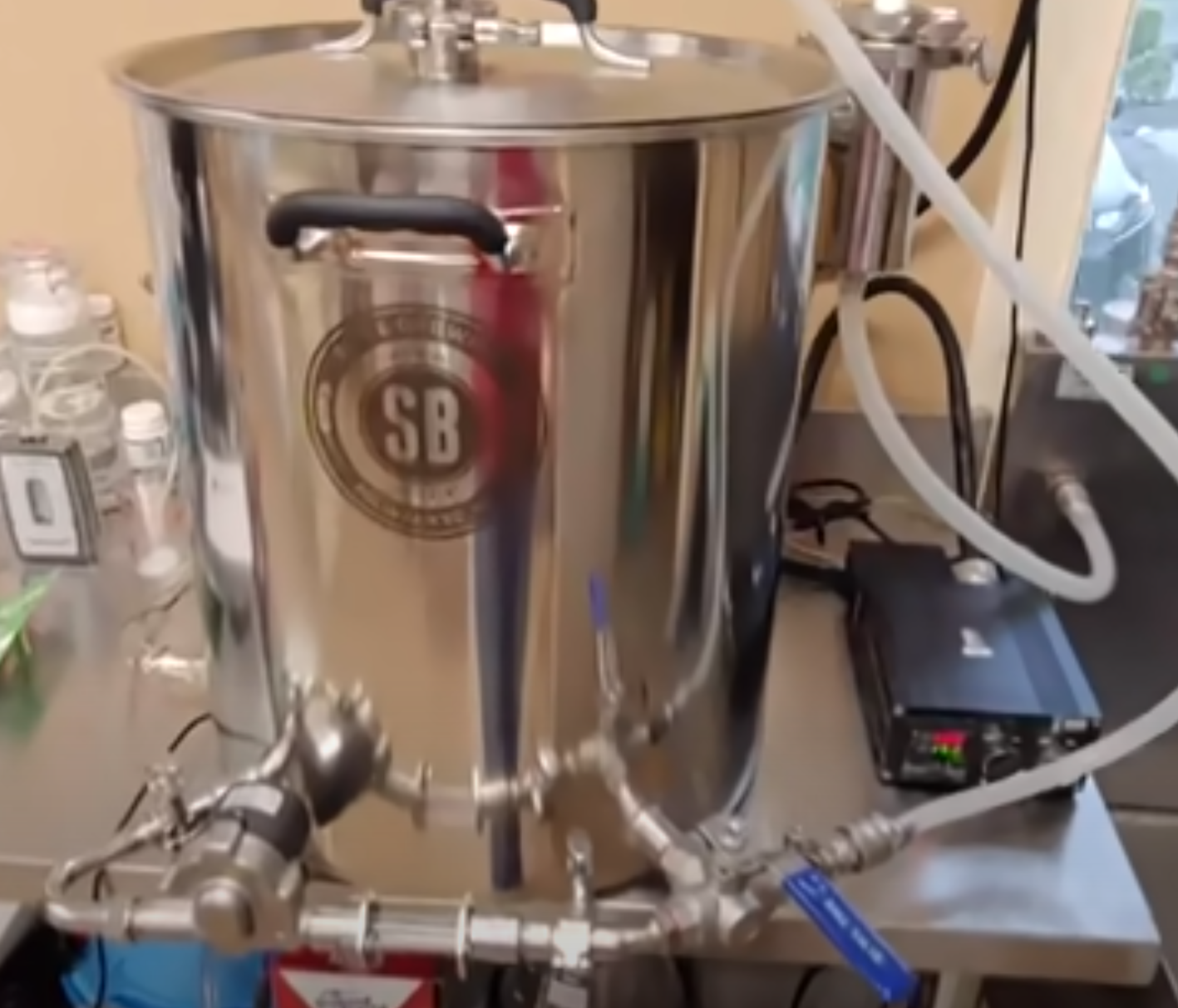It's a DPST 30amp switch so it's a hard disconnect for both legs.
Why do you need both switches. Your SSR is a switch. It's redundant.
No one ever builds brewing controllers like that.
Yes. Both legs are removed from the circuit. I would not have passed my inspection in a commercial setting with both legs being controlled.
SSRs don't have coils. Contactors/EM Relays do.
No sH1+. What do you called it? it's commonly referred to as a coil to avoid confusion. Technically, it would be called a gate. Technically the SSR is a triac, which is are 2 SCR's connected in parallel in opposite polarity with a common gate.
Not ideal. SSRS fail in "current on" state whether the 12VDC is switched or not.
I have been working with SSR for decades, I have not ran across any that failed in closed position.
The DPST switch you asked about is doing this job.
This done because you can use a single whetting voltage to control all functions with that voltage. Once the whetting voltage is removed, all functions stop. How else would you do an emergency stop or master override? The DPST is redundant.
The component is rated for 30amps. If it fails, it would be a manufacturing defect not a poor design.
Arching shortens the life of switches regardless of current rating, you misunderstand what I said. The switch would be done on the low voltage side of the SSR, the "coil" or gate if you prefer, to avoid this arching. The heavy lifting is done by the SSR, it doesn't arch, the low voltage switching extends the life of the switch. In addition, you lower the cost of the switch.
the reason GFCI is recommended is that we're electrifying a metal kettle
The kettle is grounded, why do you need a GFIC for that? Unless the kettle isn't grounded. The GFIC is not always needed was my point. Dedicated 240 circuits do not always need a GFIC. They are expensive and can become a nuisance if they falsely trip. If the kettle and element are grounded, how would you come in contact with a ground fault if this is the case? The only way this could happen is if the element conductor were exposed and come in contact with the liquid and you were to put hand in the pot. I'm not sure which would hurt more, the hot wort or the your contact with the fault. You need a GFIC on a hot tub, no doubt, but not a dryer in the laundry room nor on a stove in a kitchen.
I built a brewery which is still in service that does not have ant GFIC on the 240Vac circuits feeding any of the kettles. Both the boil and HLT have six 5500 watt elements on them and no GFIC. We did have a condition similar to what I described above and it tripped the breaker, the brewer continued brewing several batches not knowing the breaker tripped on one element. I went in and swapped out the element and the brewer was back in business. They have brewed over 70,000 gallons with my design.
Probably a very good application for GFCI.
It wouldn't hurt anything, just needless expense.


















